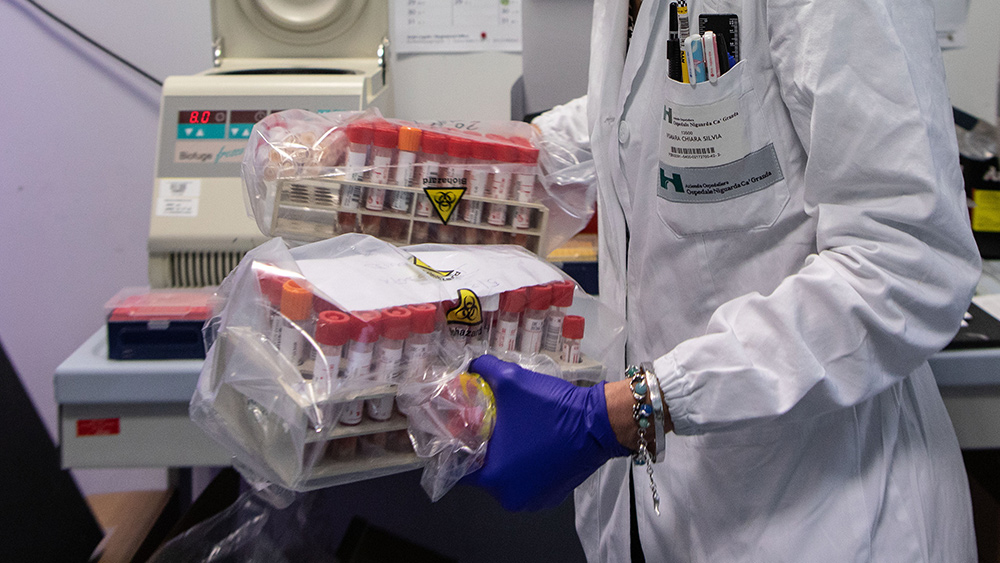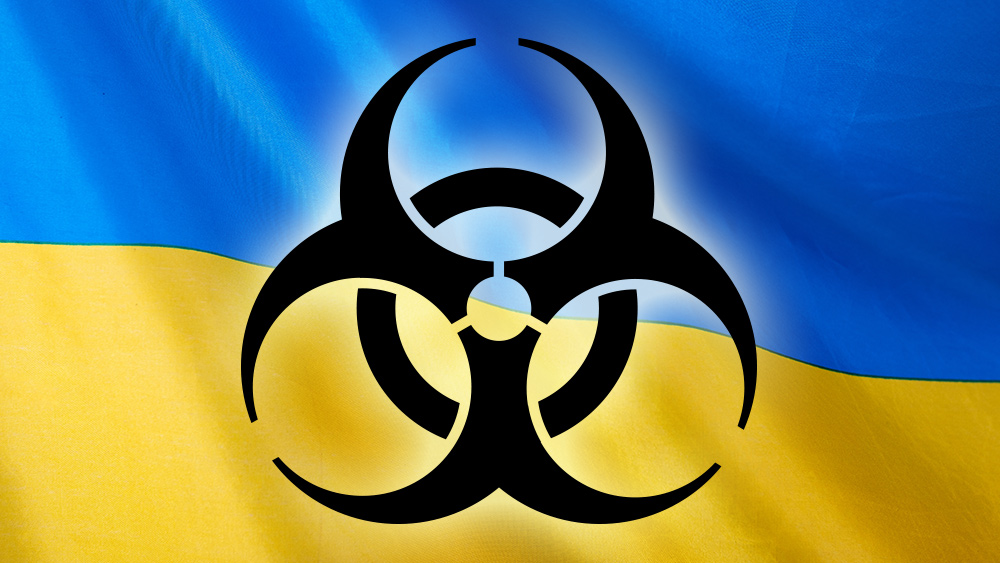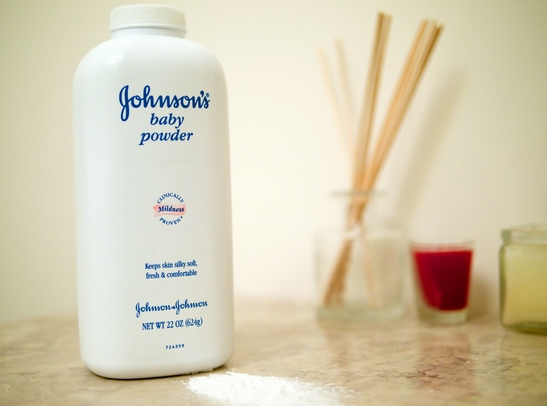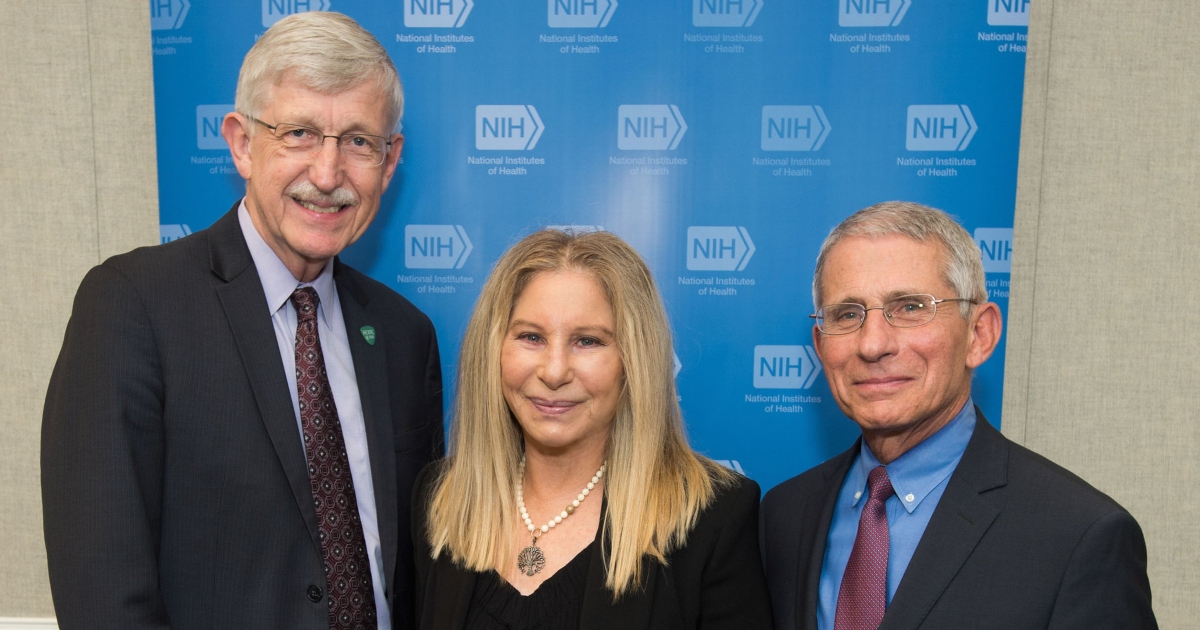State Department memo: Covid “most likely” escaped from Wuhan lab
04/02/2022 / By Ethan Huff

A 2020 memo from the U.S. State Department that was obtained from U.S. Right to Know shows that the United States government was well aware that the Wuhan coronavirus (Covid-19) “most likely” escaped from a lab in Wuhan, China, even as the media was claiming it came from bats at a wet market.
A “lab accident,” the memo suggested, probably resulted in the Fauci Flu escaping the facility and spreading in Wuhan before eventually reaching much of the rest of the world.
“Origin of the outbreak: The Wuhan labs remained the most likely but least probed,” the topline of the memo reads. (Related: Many scientists also agree that the Wuhan Flu was not a product of nature.)
The memo was written as a BLUF, or “bottom line up front,” which is a style of communication used in the military. The identity of the memo’s author or authors remains unknown.
After being questioned by a reporter, a State Departments spokesperson referred U.S. Right to Know to an inconclusive 90-day review by the intelligence community that was released in 2021.
“BLUF: There is no direct, smoking-gun evidence to prove that a leak from Wuhan labs caused the pandemic, but there is circumstantial evidence to suggest such is the case,” the memo explains.
International virologists who called lab accident concerns a “conspiracy theory” exposed for conflicts of interest
Drafted at some point in the spring of 2020, the memo also contains circumstantial evidence backing the “lab leak” theory, as it has come to be known, raising concerns about the “massive amount” of research that was being done on novel coronaviruses at the infamous Wuhan Institute of Virology (WIV), as well as at the nearby Wuhan Center for Disease Control laboratory.

“The central issue involves the WCDC and WIV’s obsession with collecting and testing a massive amount of virus-carrying bats,” the memo further reads.
The memo also calls out biosafety lapses at both labs, specifically naming WIV’s “management of deadly viruses and virus-carrying lab animals” as “appallingly poor and negligent.”
The memo further provides great insight into other behind-the-scenes concerns about a lab accident among U.S. foreign policy leaders, which was deemed a “conspiracy theory” by international virologists, some of whom had undisclosed conflicts of interest.
One of these corrupt international virologists is the infamous Shi Zhengli, also known as “Batwoman,” a coronavirus researcher who worked at WIV and maintained wide-reaching international collaborations, including with prestigious Western virologists.
“Suspicion lingers that Shi holds an important and powerful position in the field in China and has extensive cooperation with many [international] virologists who might be doing her a favor,” the memo reads.
Another corrupt researcher with ties to the WIV is EcoHealth Alliance President Peter Daszak, who is perhaps the most prominent person to come forward and claim that he had “debunked” the lab leak theory.
Another concern expressed in the memo was China’s refusal to cooperate with any kind of investigation into the matter, even though that country is “the most logical place to investigate the virus origin.”
“A gag order to both places was issued on [January 1, 2020], and a Major General from the [People’s Liberation Army] took over the WIV since early January,” the memo explains.
Since the beginning of the plandemic, the Chinese Communist Party (CCP) has kept a lid on all discussions about its origins, including by barring access to the mine shaft where one of the viruses most closely related to SARS-CoV-2 was discovered.
The CCP also pressured the World Health Organization (WHO) to publish a flawed report about its findings.
“All other theories (besides the lab leak theory) are likely to be a decoy to prevent an inquiry [into] the WCDC and WIV,” the memo concludes.
The latest news about the Chinese Virus can be found at Pandemic.news.
Sources for this article include:
Submit a correction >>
Tagged Under:
big government, China, conspiracy, coronavirus origin, corruption, coverup, COVID, deception, gain-of-function, infections, lab-leak theory, outbreak, pandemic, Plandemic, science fraud, traitors, truth, virus research, Wuhan
This article may contain statements that reflect the opinion of the author




















